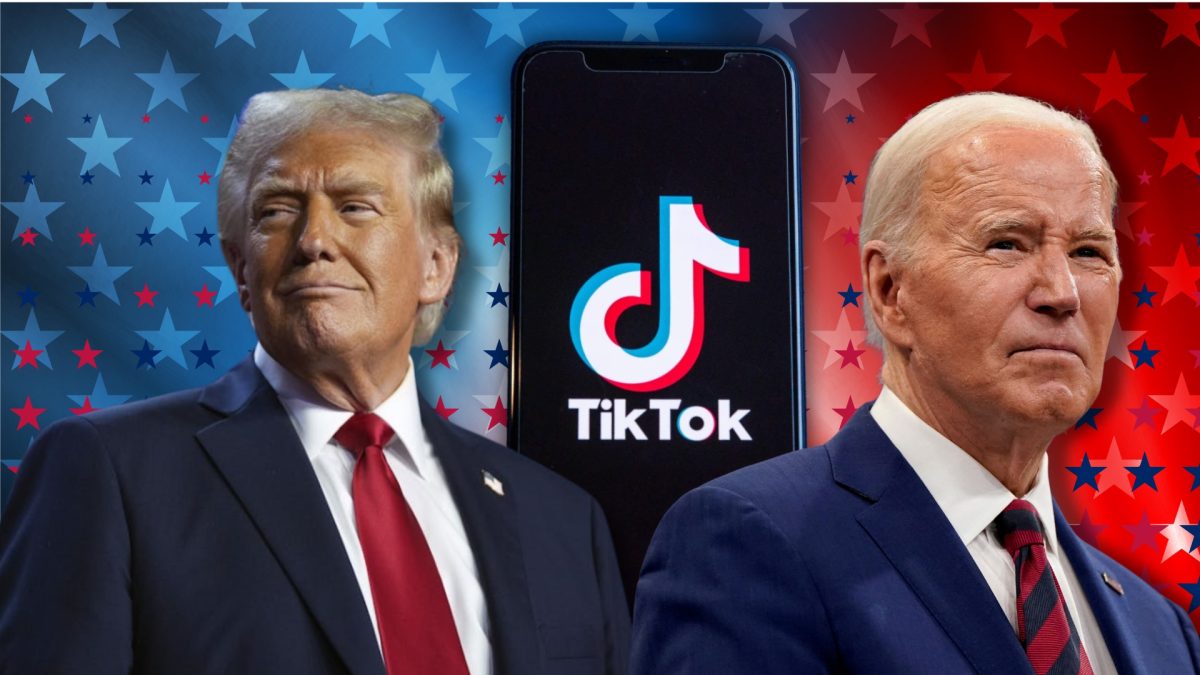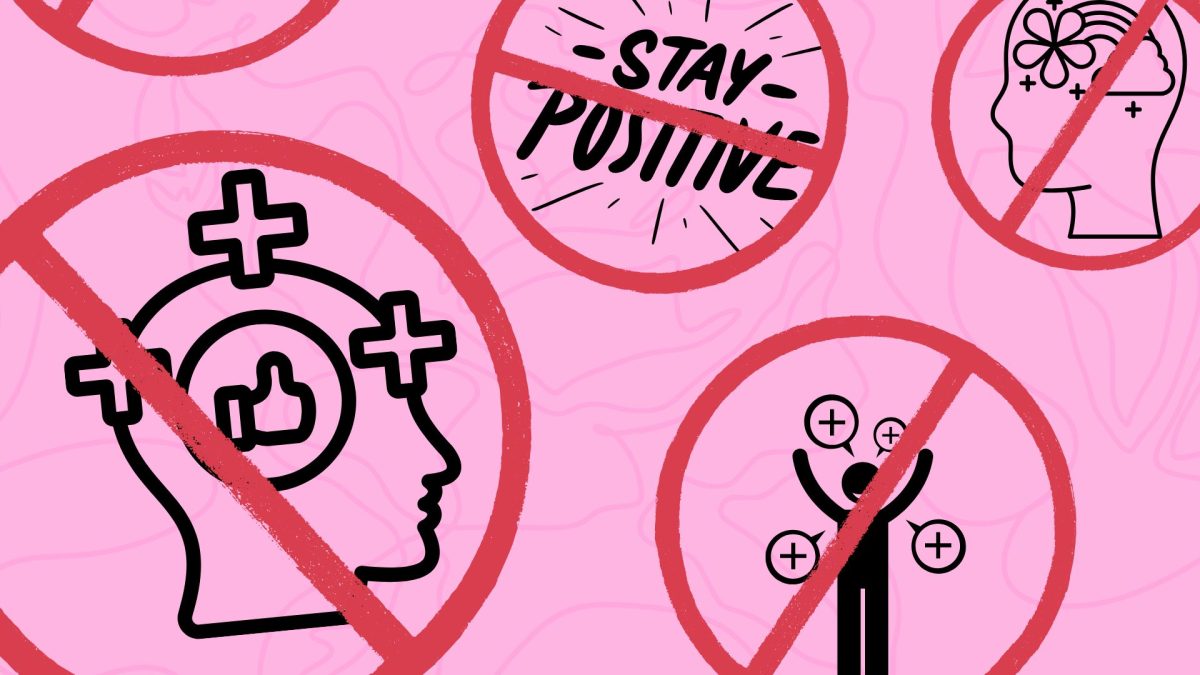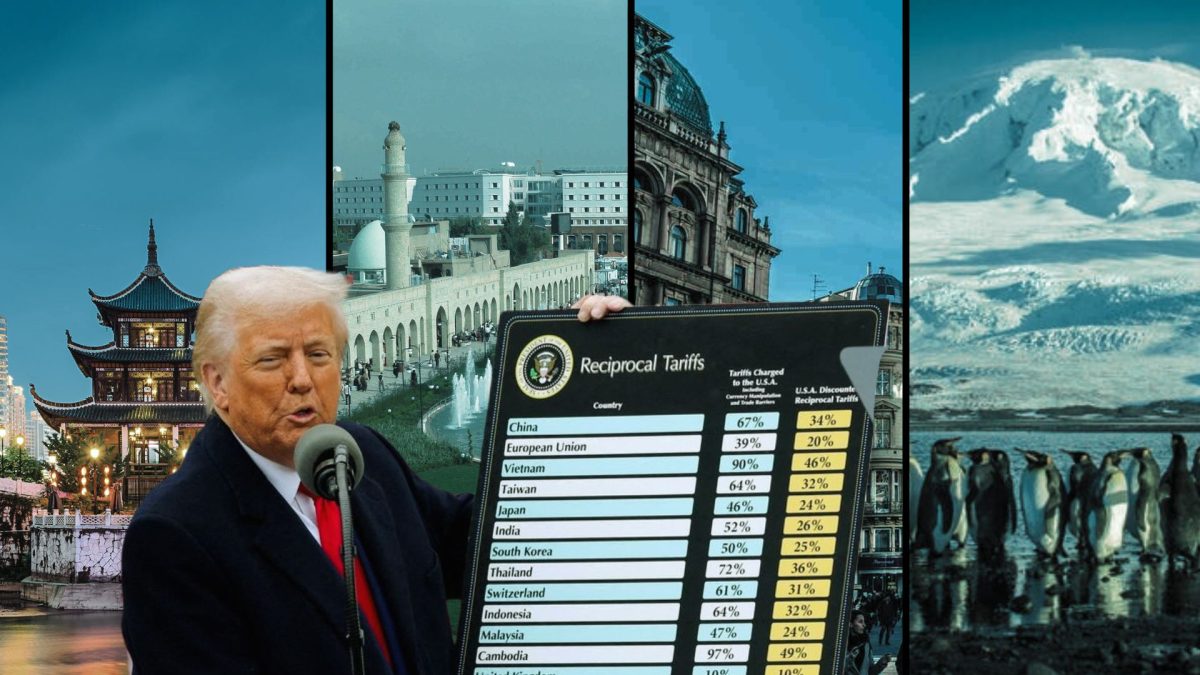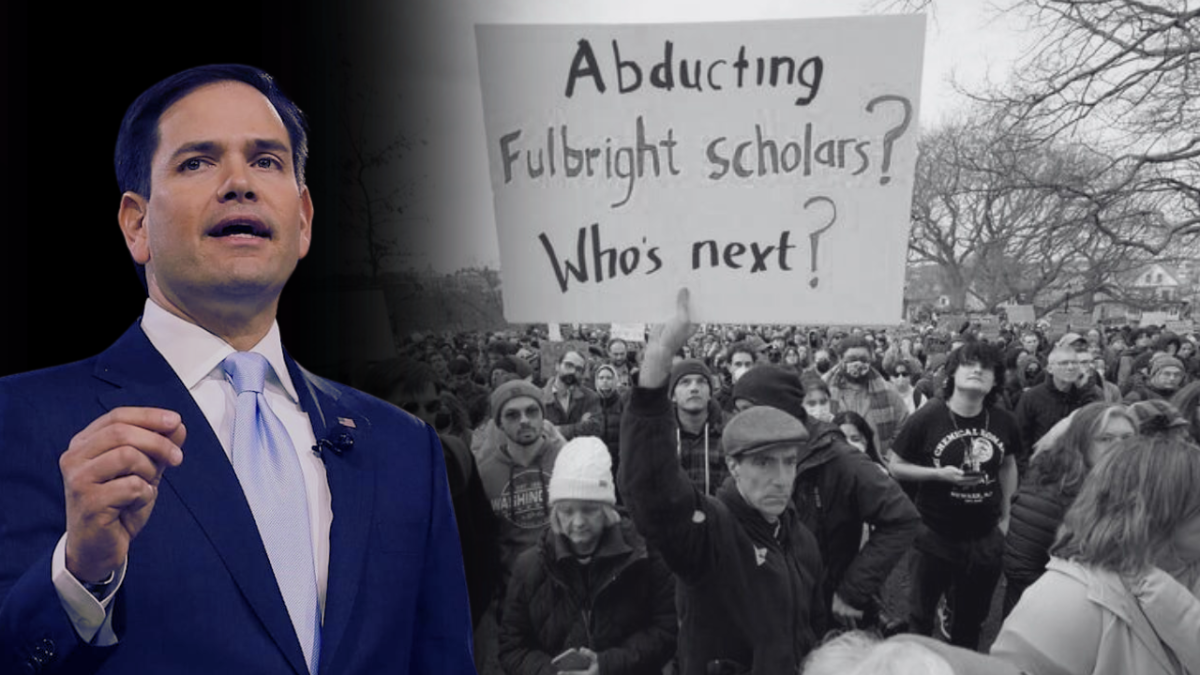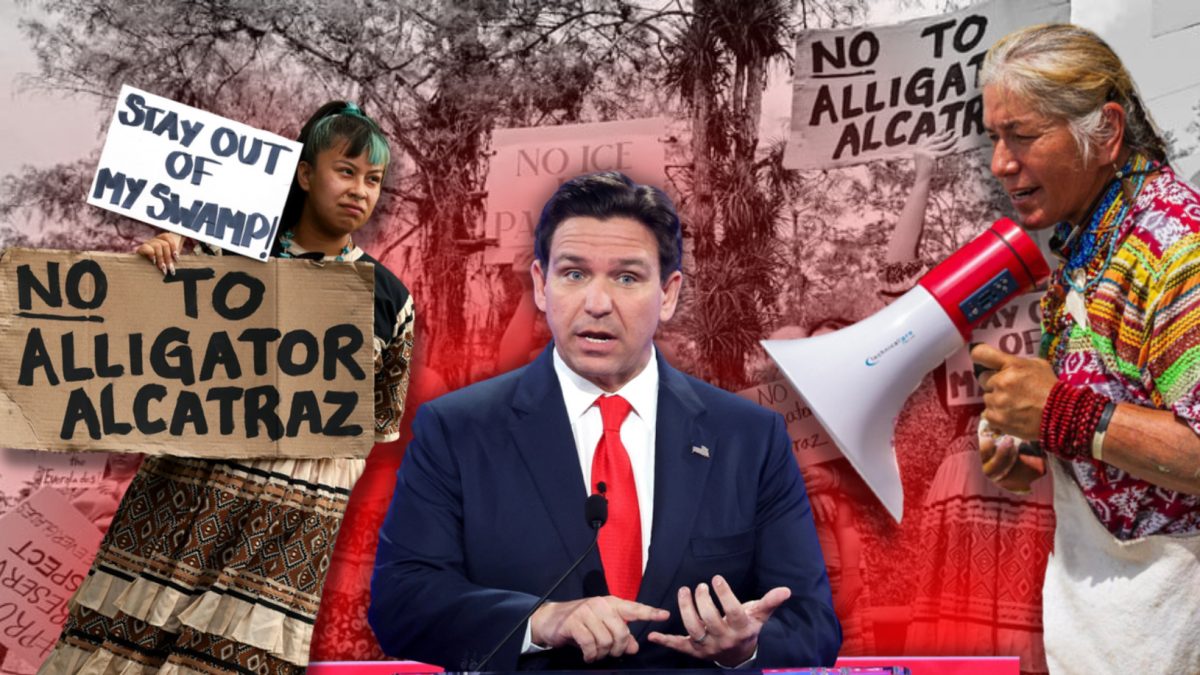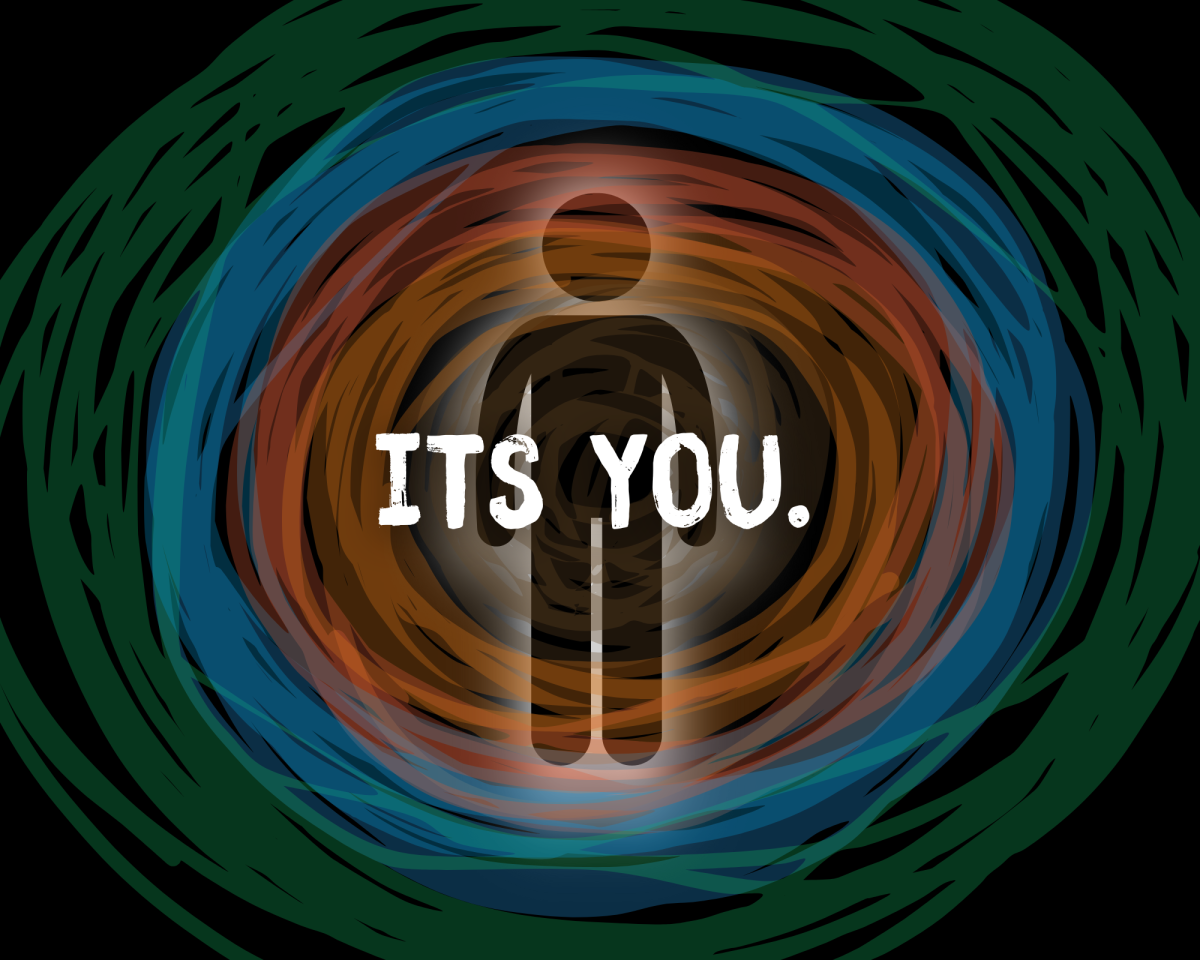When Donald Trump announced his plan to ban TikTok in 2020, the reasoning seemed straightforward: national security concerns over its ownership and anxieties of potential data misuse. However, as the possibility turned into a probability, it became clear that the situation was less about protecting Americans and more about political maneuvering. Trump successfully weaponized the TikTok ban, setting himself up to appear as a hero while leaving his predecessor, Joe Biden, in a no-win situation.
A Strategic Move Hidden Behind False Promises
The Trump administration expressed concerns that TikTok’s parent company, ByteDance, could be giving user data to the Chinese government or manipulating its algorithm to spread propaganda. The move to ban TikTok quickly gained attention, not only for its boldness but also for its timing, as the announcement came just a few months before the 2020 presidential election. Banning TikTok was also conveniently targeting a platform where young users had become politically active, many of whom were critical of his presidency. By painting the picture that he was defending national security, Trump reinforced his nationalist agenda, while simultaneously disturbing a stage often used against him.
Leaving Biden to Be the Bad Guy
By initiating the ban but failing to follow through with it before the end of his term, Trump left new President Biden an unresolved issue surrounded by controversy. If Biden allowed the ban to go through, he risked distancing younger voters who used TikTok as a creative and social outlet. On the other hand, if he took a stance against the ban, he would be upsetting older voters who wished to see the app removed for the safety of their children. This strategy allowed Trump to remove himself completely from the issue while still securing the political benefits from initiating the plan and leaving Biden in an insufferable dilemma.
Swooping in to Save the Day
As Trump made his return to politics in 2024, the TikTok ban instantly became a campaign tactic. By publicly criticizing Biden’s management of TikTok and offering vague promises to solve the issue, Trump made a calculated narrative shift, providing him with the ability to become the hero. Ultimately, after Congress passed the TikTok ban, Biden allowed it to be implemented, triggering immediate backlash. Younger voters, a keystone of his supporters, felt betrayed, viewing the decision as a dismissal of their voices and freedom. Once back in office, one of Trump’s first actions as President was to officially announce that his administration would not enforce the ban, framing it as a victory for free speech. This calculated move solidified his position as a defender of American businesses but also allowed him to win over a crucial demographic: Gen Z voters.
In the end, Trump effectively fooled the masses – creating a crisis, forcing his successor into an impossible position, and then returning to claim victory over a problem of his own making. The TikTok controversy was never about safeguarding Americans, it was a political ploy from the very start. Beginning the ban, leaving Biden to take the heat, and then presenting himself as the solution perfectly showcased Trump’s genius in political theater.

